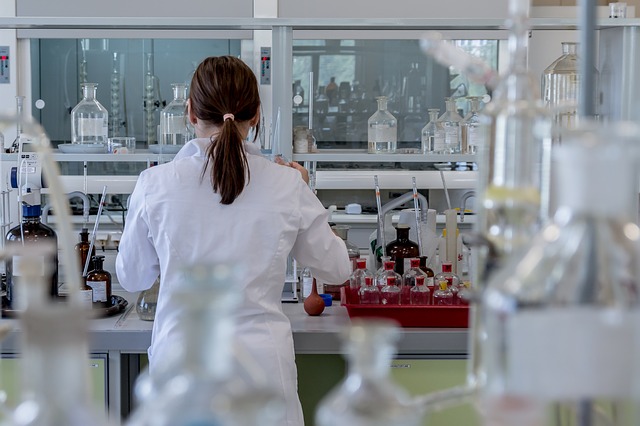New Research Boosts Understanding of How Acupuncture Reduces Pain
Scientists at the University of Rochester have taken a new step toward understanding how Acupuncture works at the molecular level to ease pain.
In a paper published in Nature Neuroscience, a team at the University of Rochester Medical Center described how the molecule adenosine, a naturally-produced chemical compound found in the body, appears to be a “central player” in creating at least some of the beneficial results of Acupuncture.
Adenosine, pronounced a-DEN-o-seen, is a natural compound called a nucleoside, which is known for its role in regulating sleep, its effects on the heart, and its anti-inflammatory properties. But adenosine is also a natural painkiller. It becomes active in the skin after an injury where it inhibits nerve signals and eases pain — very similar to the painkiller lidocaine, only natural.
The researchers found that adenosine is also active in the deeper tissues affected by Acupuncture. They studied the effects of Acupuncture on the peripheral nervous system — the nerves that aren’t part of the brain and spinal cord — complementing established work that has shown that Acupuncture creates signals in the central nervous system, causing the brain to produce natural pain-killing endorphins.
“Acupuncture has been a mainstay of medical treatment in certain parts of the world for 4,000 years, but because it has not been understood completely, many people have remained skeptical,” said Nedergaard, co-director of the University’s Center for Translational Neuromedicine, where the research was conducted. “In this work, we provide information about one physical mechanism through which Acupuncture reduces pain in the body.”
The research included Acupuncture treatments on mice with discomfort in a paw, with each mouse receiving 30 minutes of treatment at the same, well-known Acupuncture point near the knee. Very fine needles were used and rotated gently every five minutes, similar to standard Acupuncture treatments in people.
Observations regarding adenosine included:
In mice with normal functioning levels of adenosine, Acupuncture reduced discomfort by two-thirds.
During and immediately after an Acupuncture treatment, the level of adenosine in the tissues near the needles was 24 times greater than before the treatment.
In special “adenosine receptor knock-out mice” not equipped with the adenosine receptor, Acupuncture had no effect.
When adenosine was directly “turned on” in the tissues, discomfort was reduced without Acupuncture.
Scientists were able to triple the beneficial effects of Acupuncture in mice by adding a medication that delays the clearance of adenosine from tissue, further verifying the adenosine effect. This increased the effects of Acupuncture treatment dramatically, nearly tripling the accumulation of adenosine in the muscles, and more than tripling the length of time the treatment was effective.

